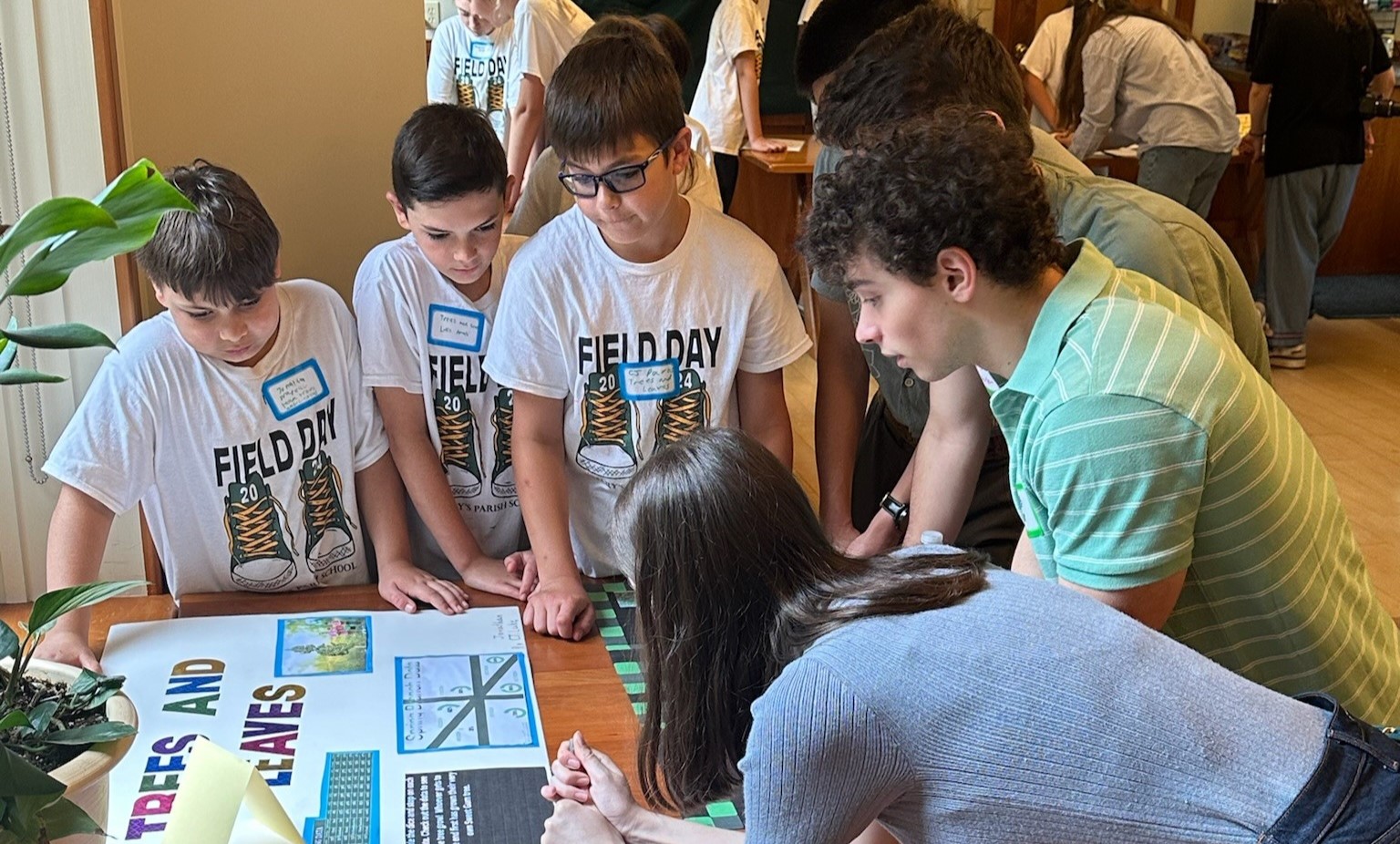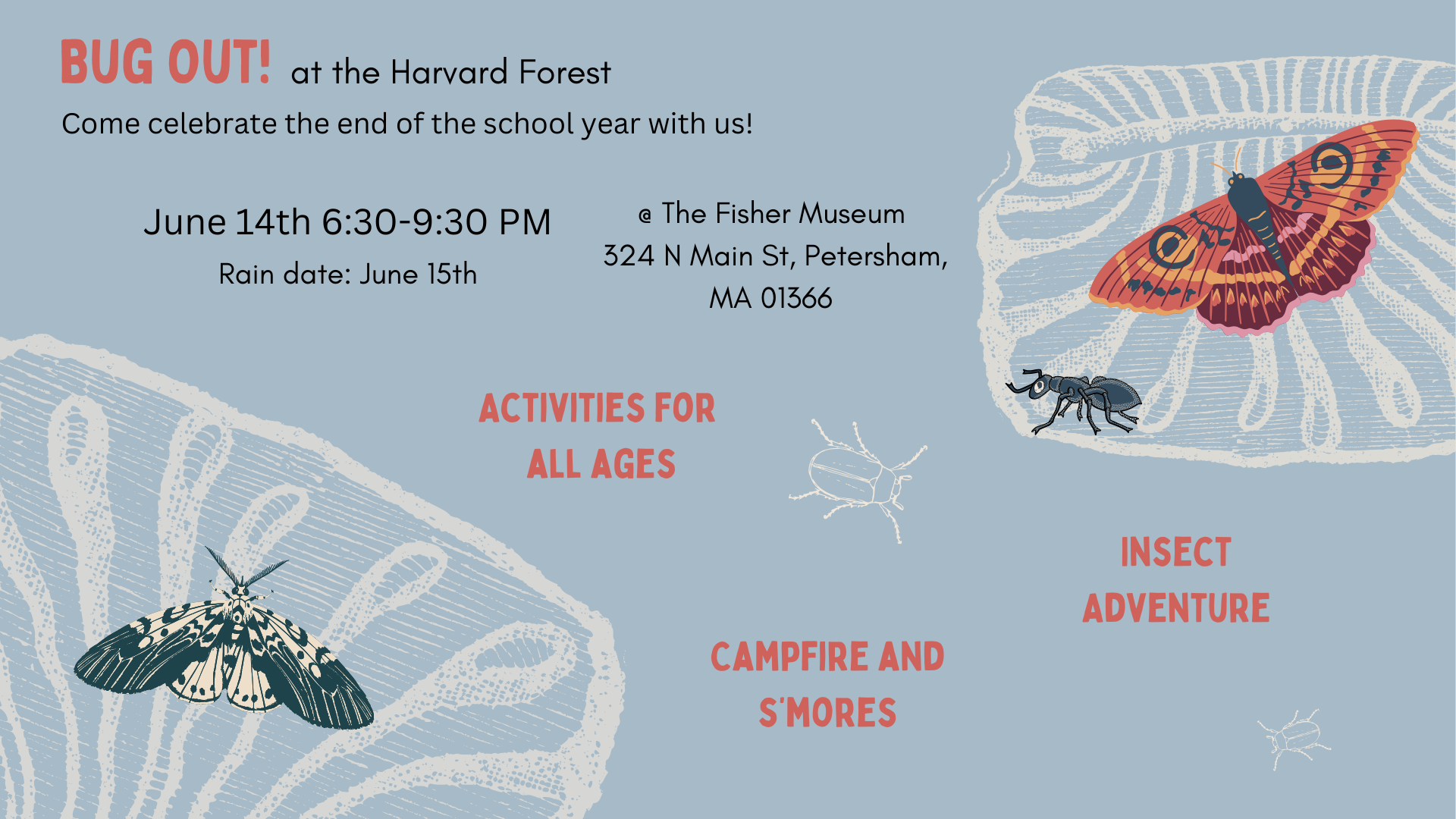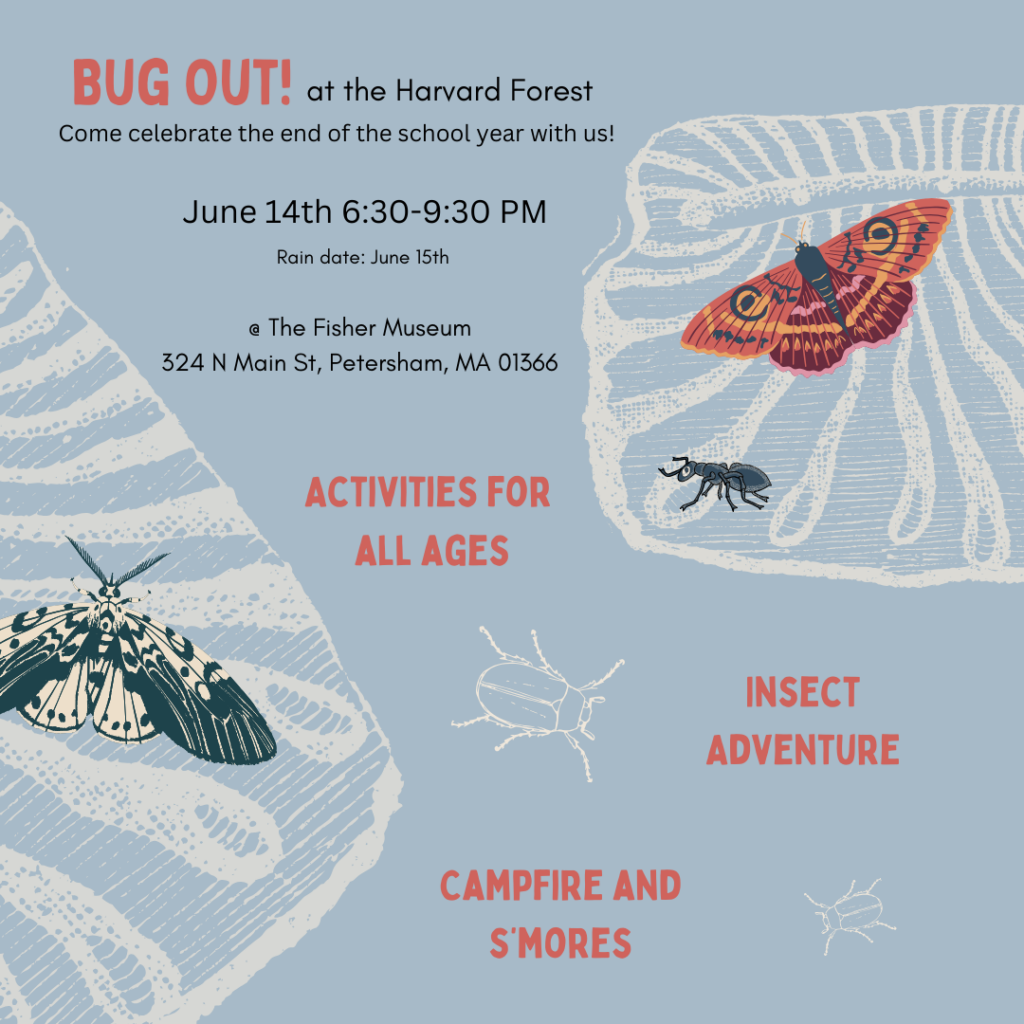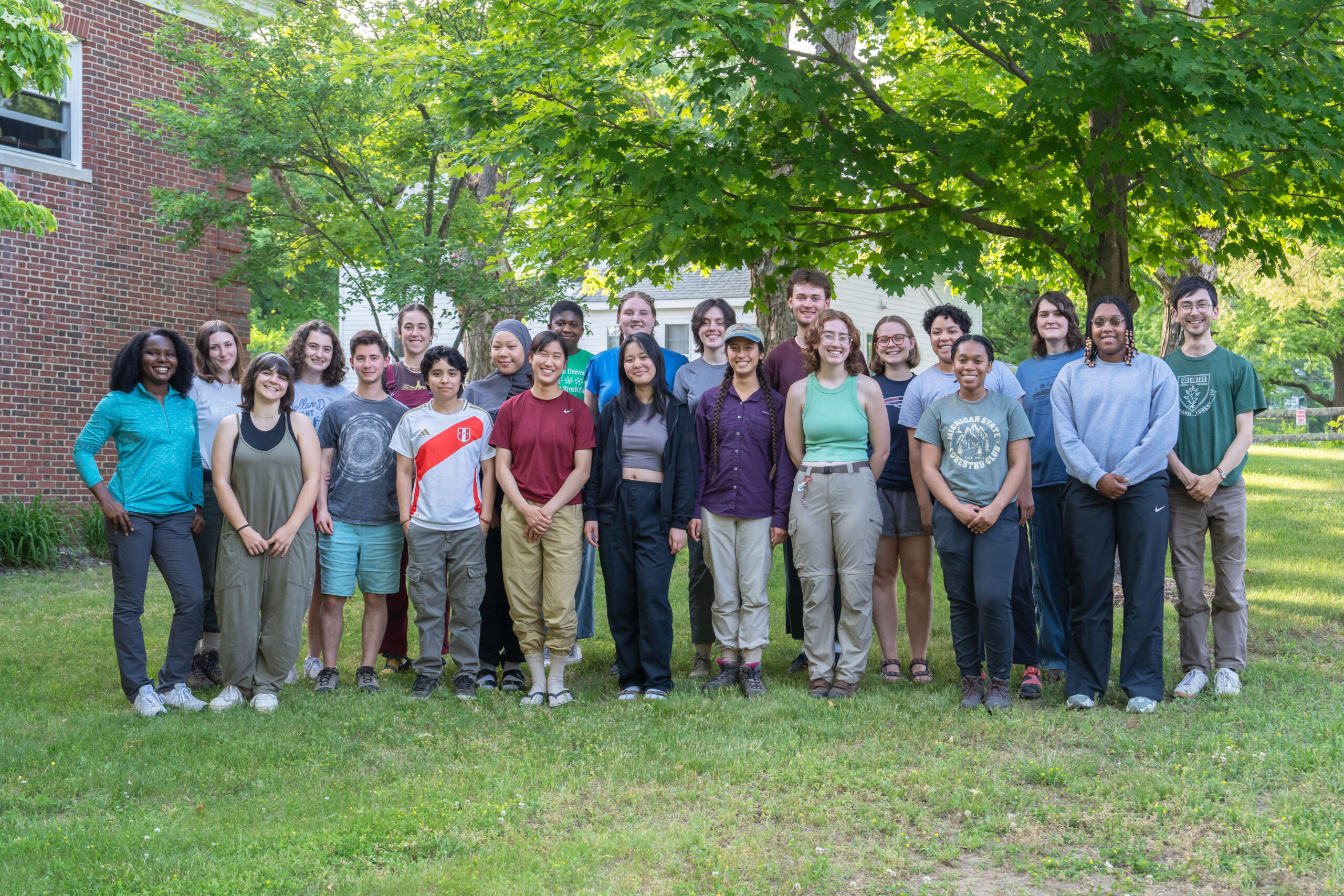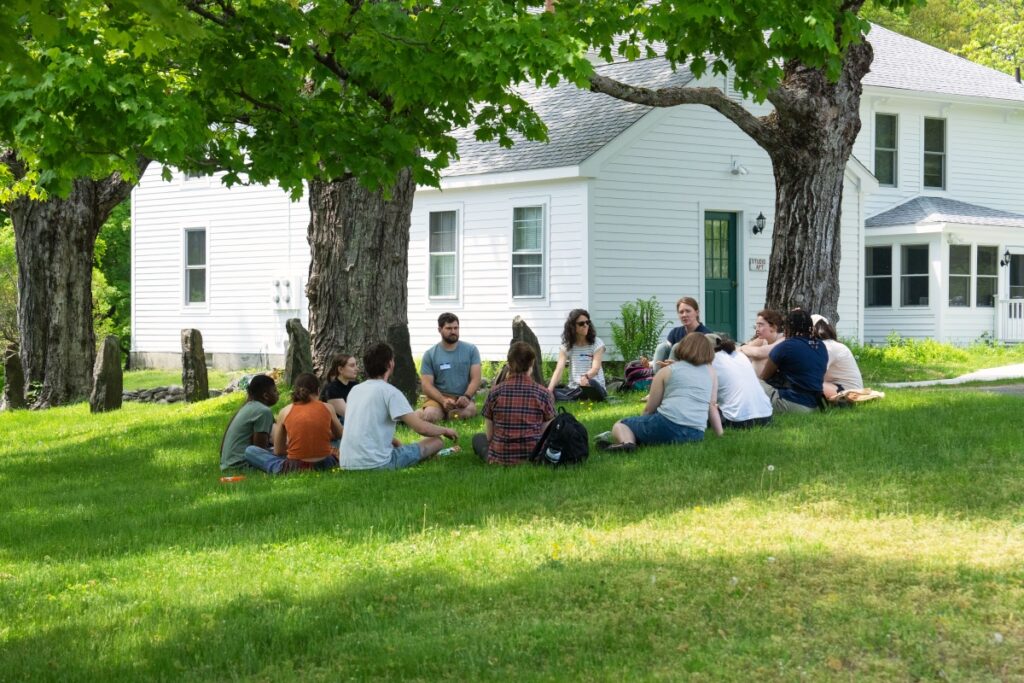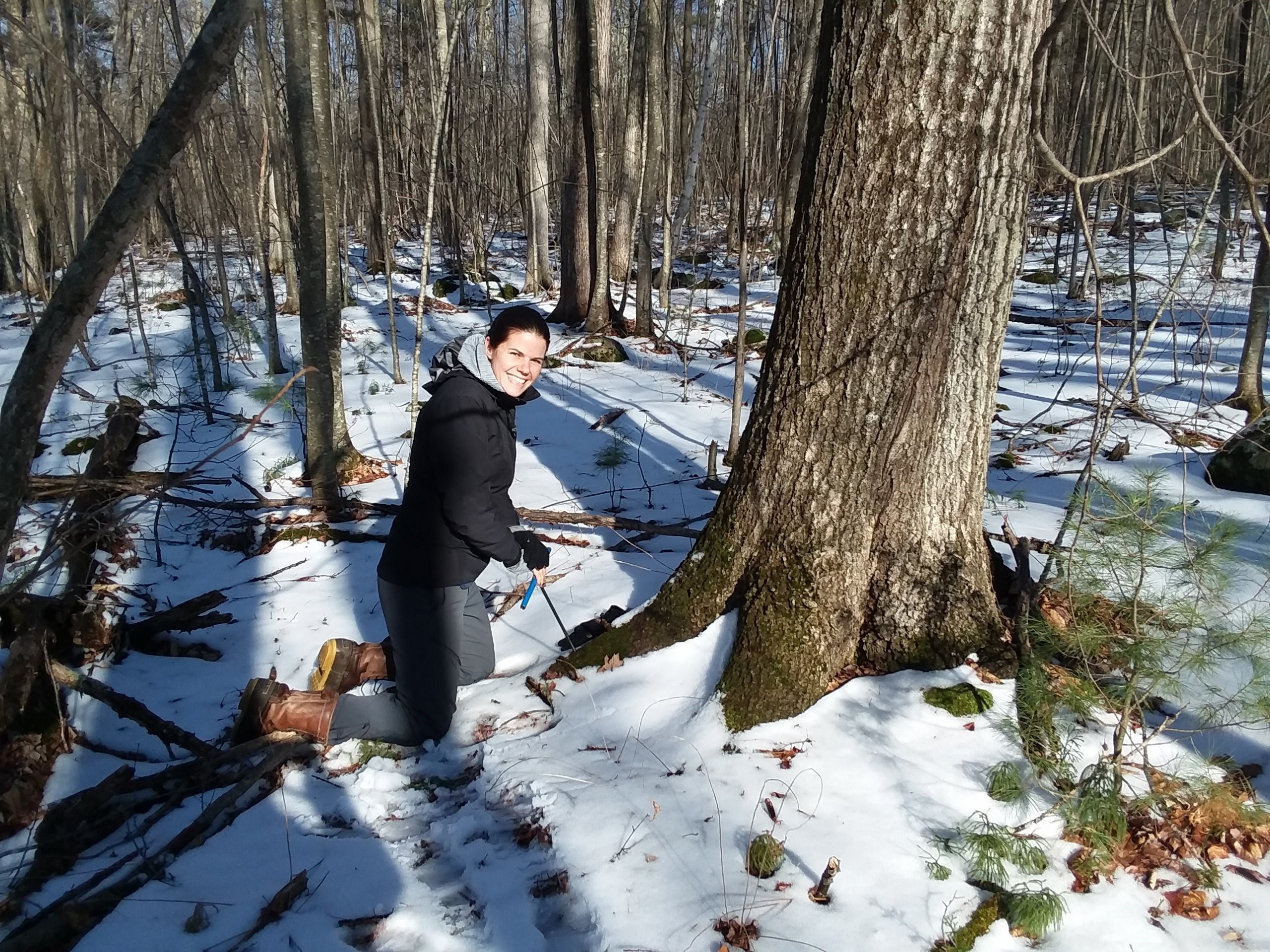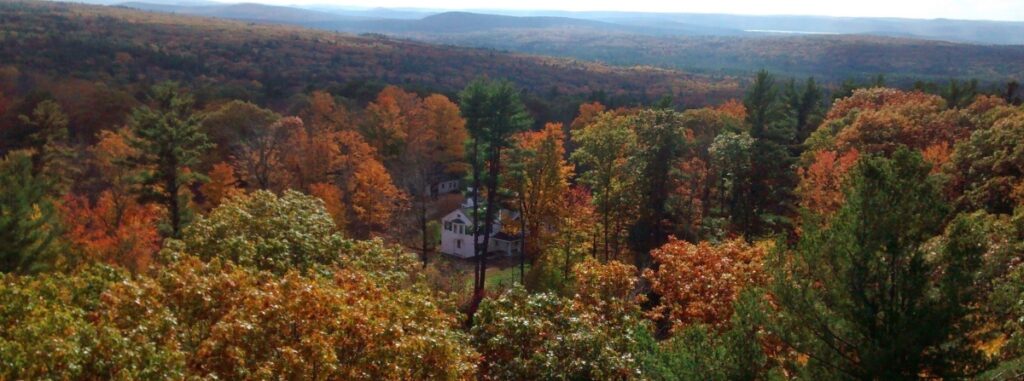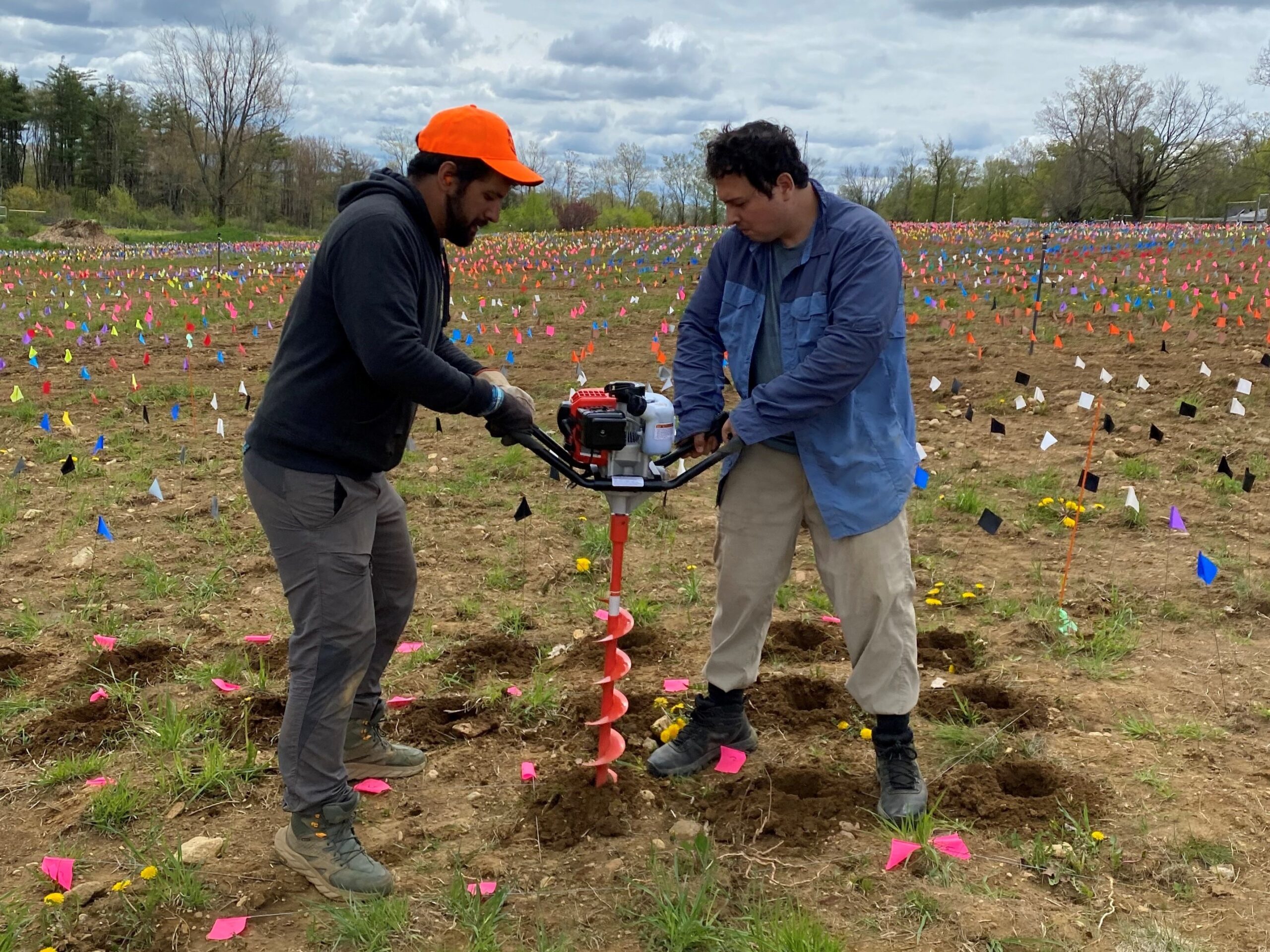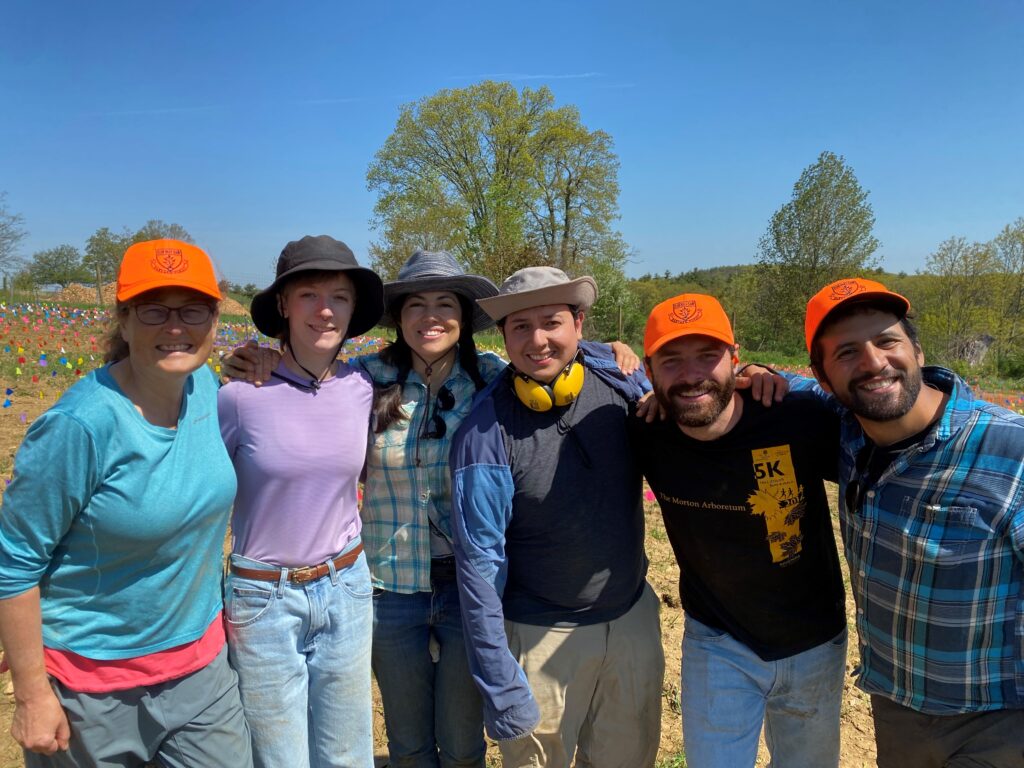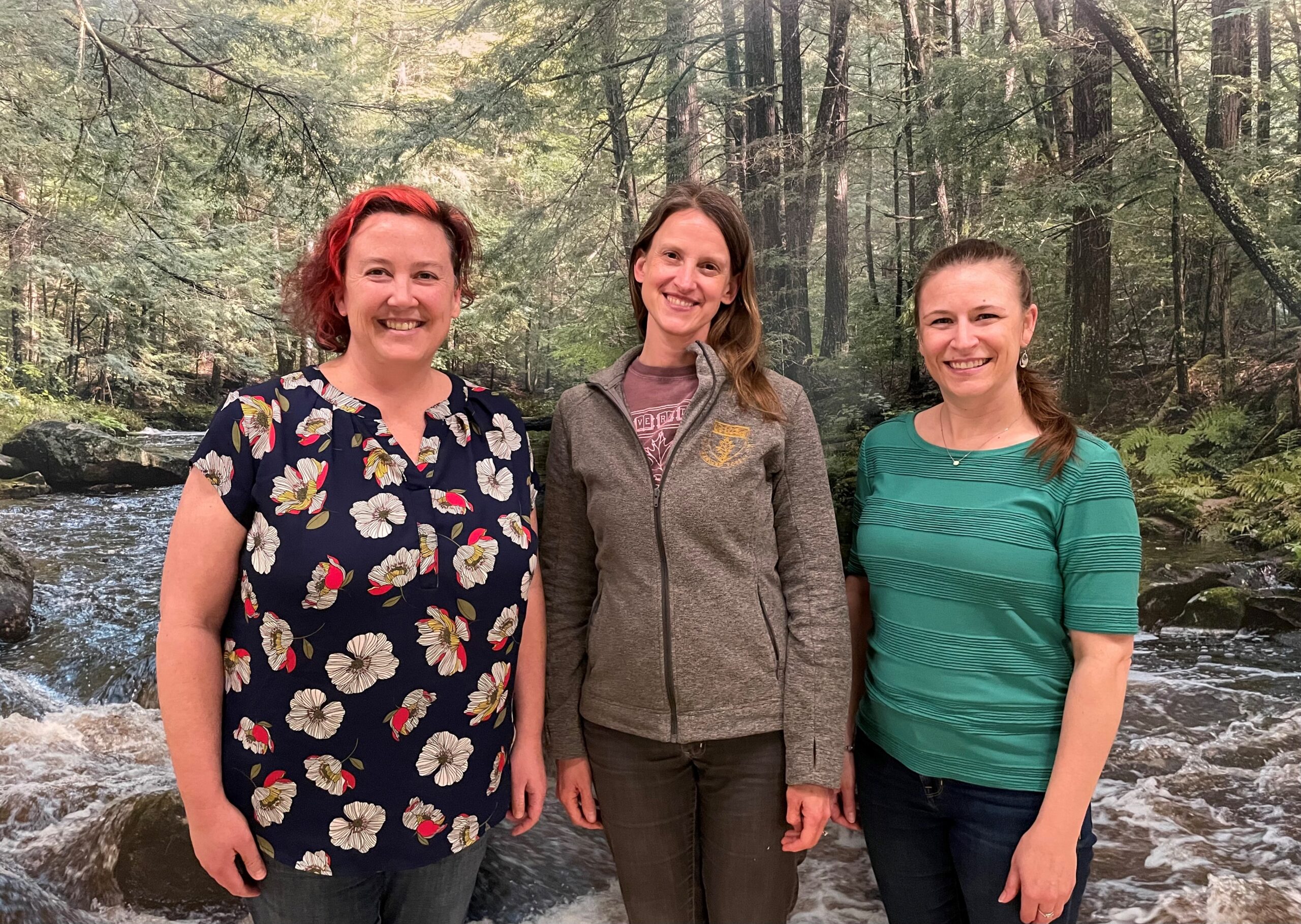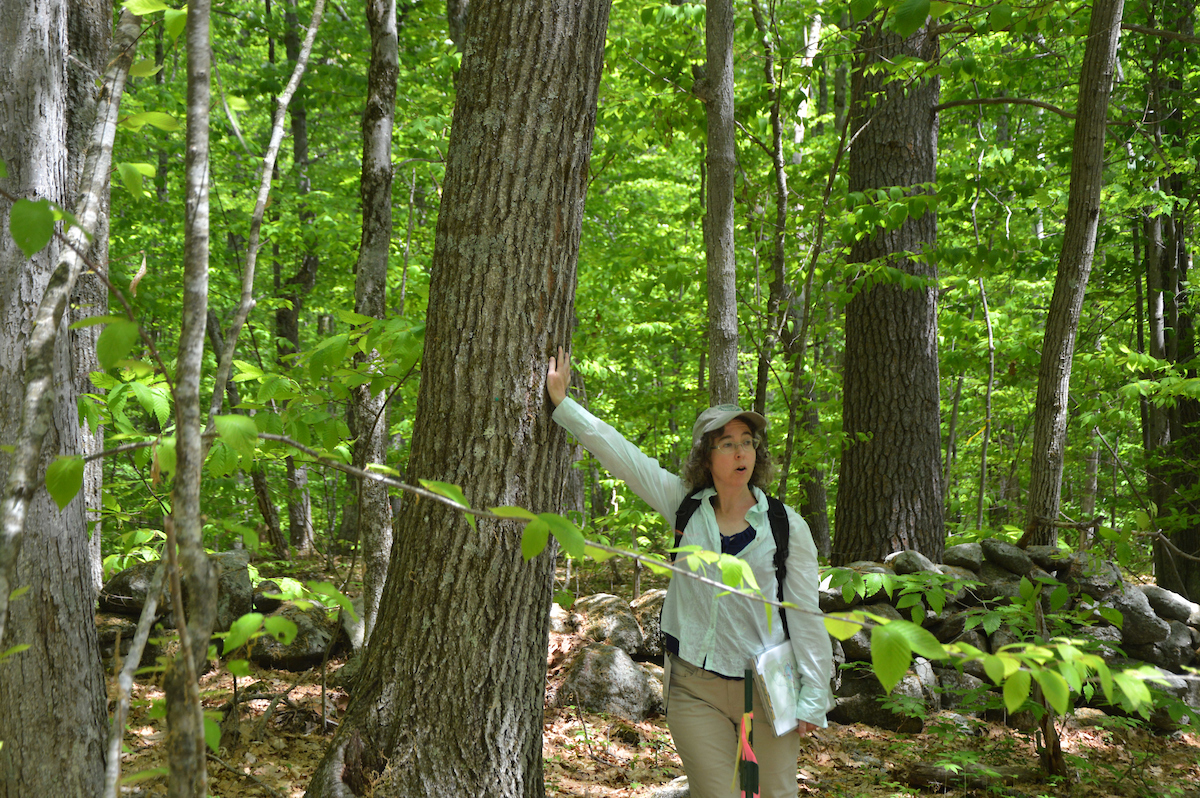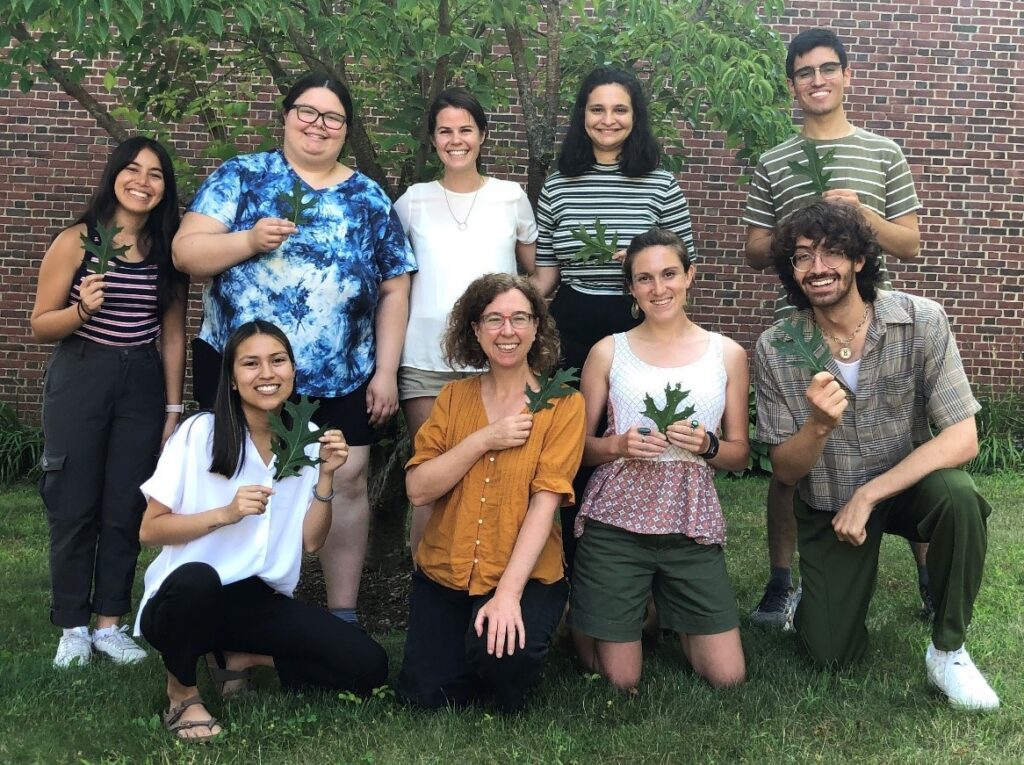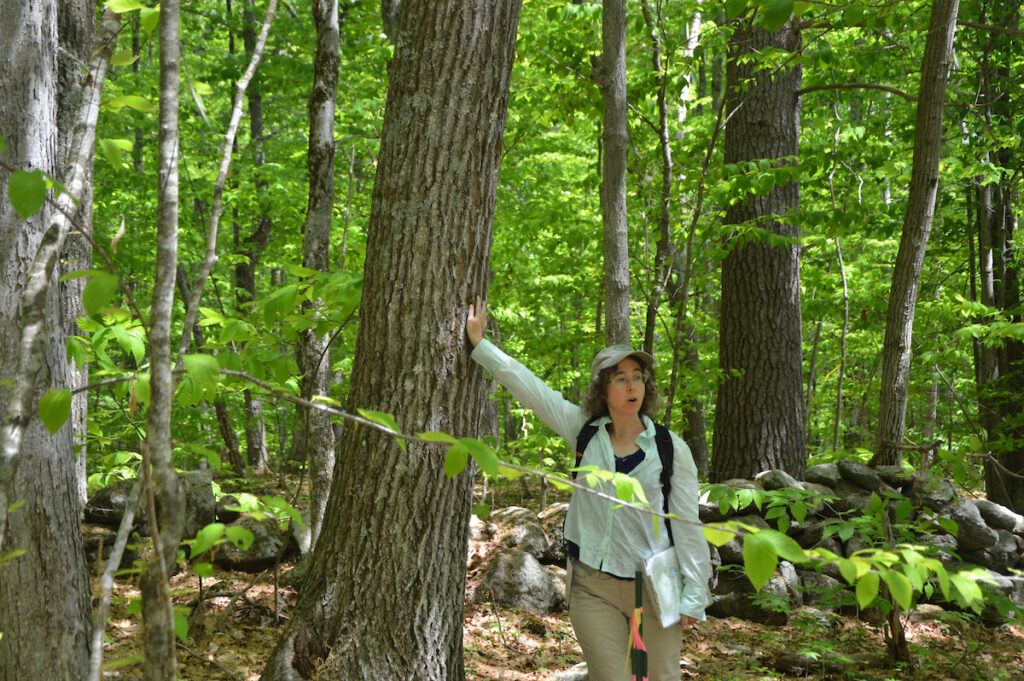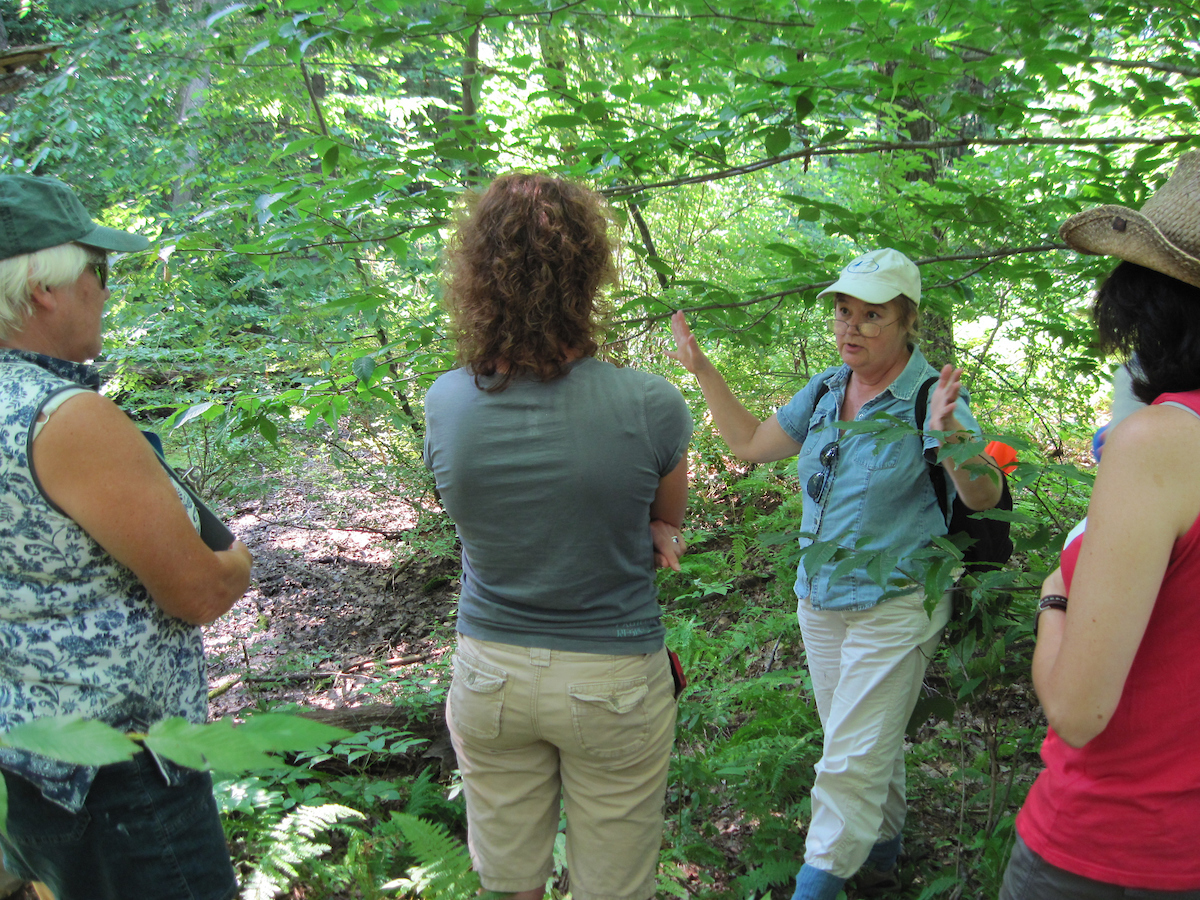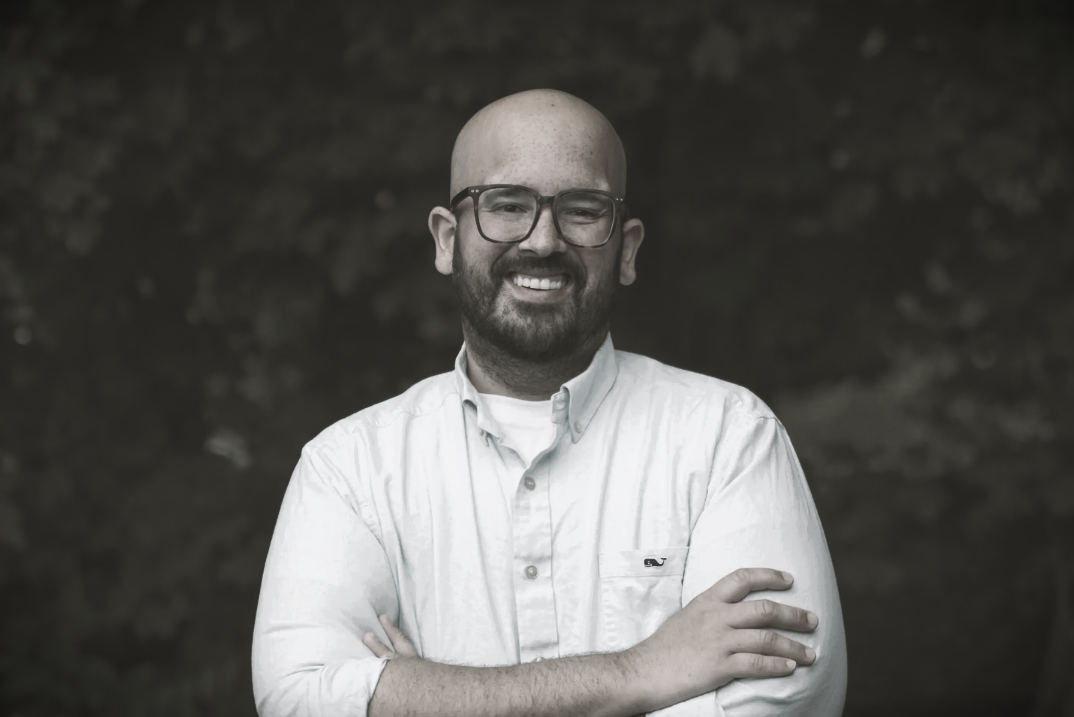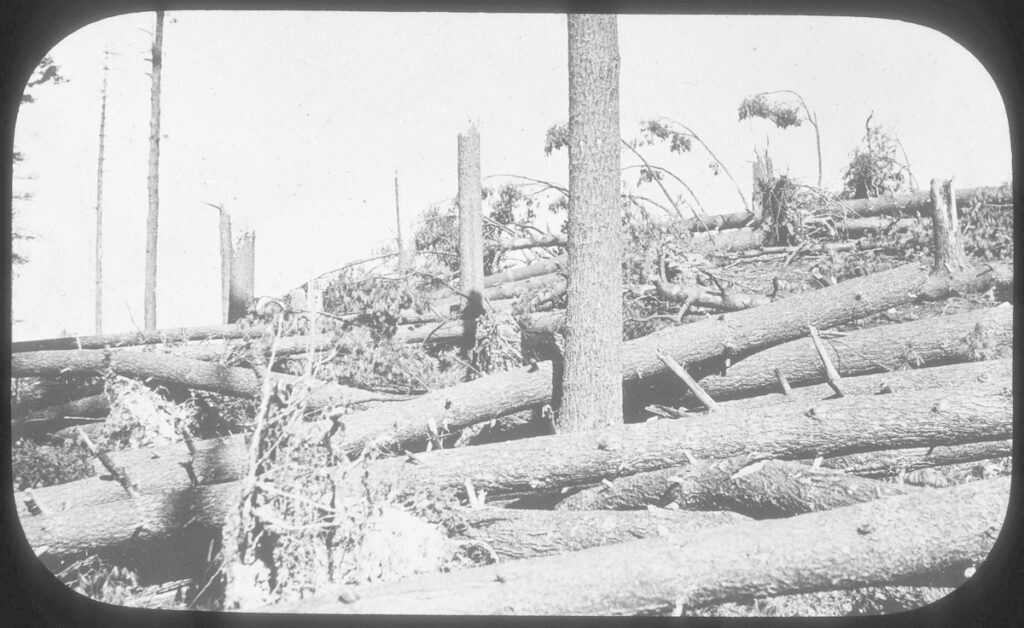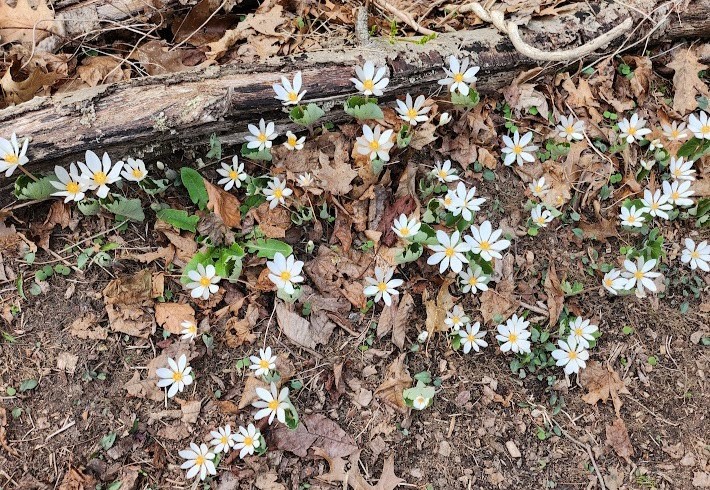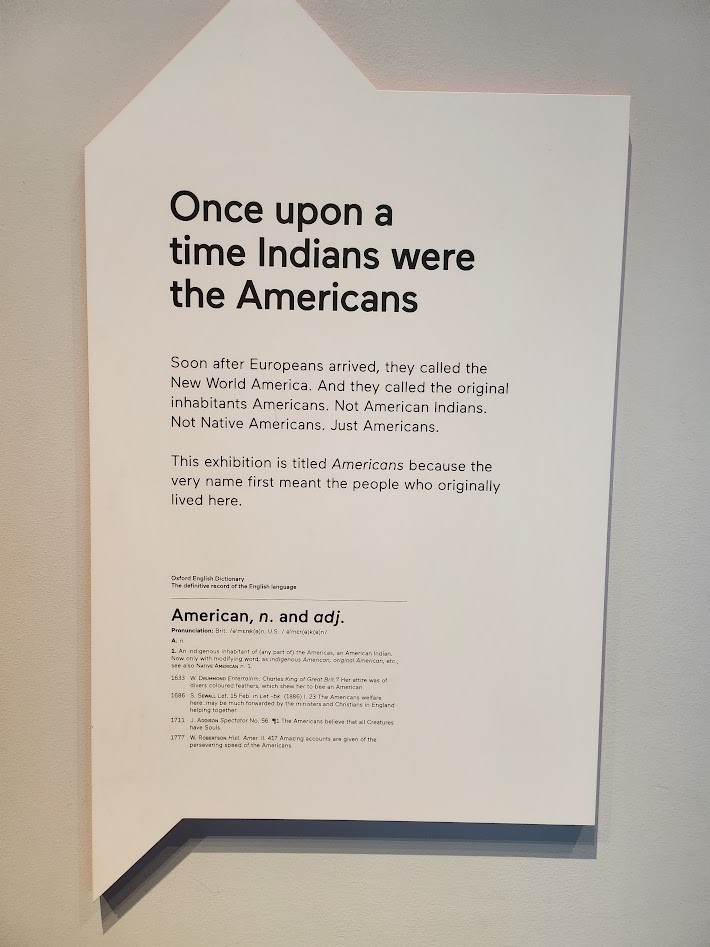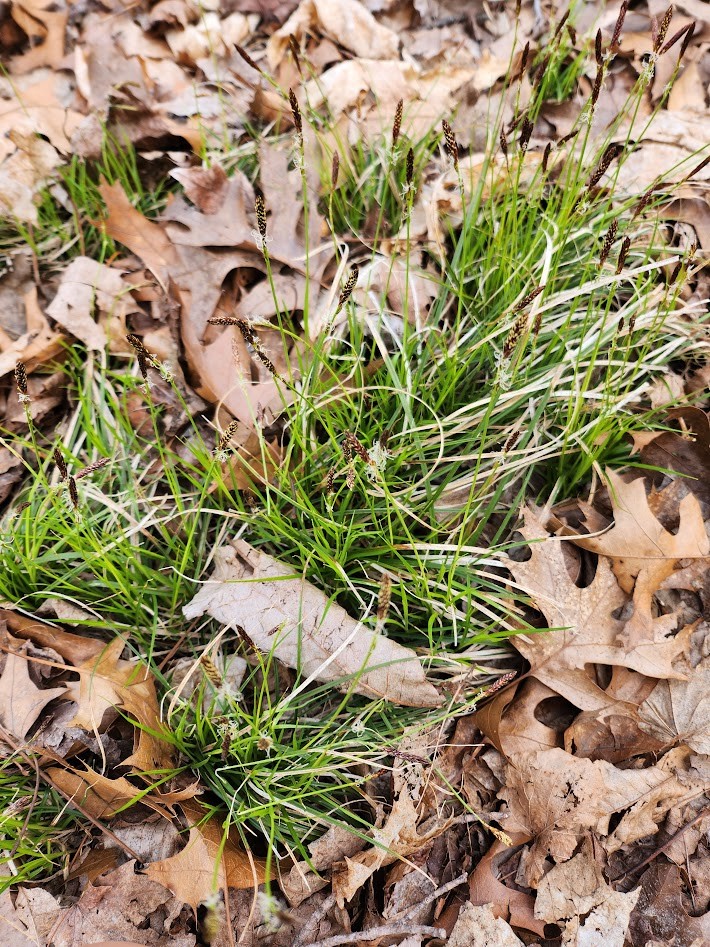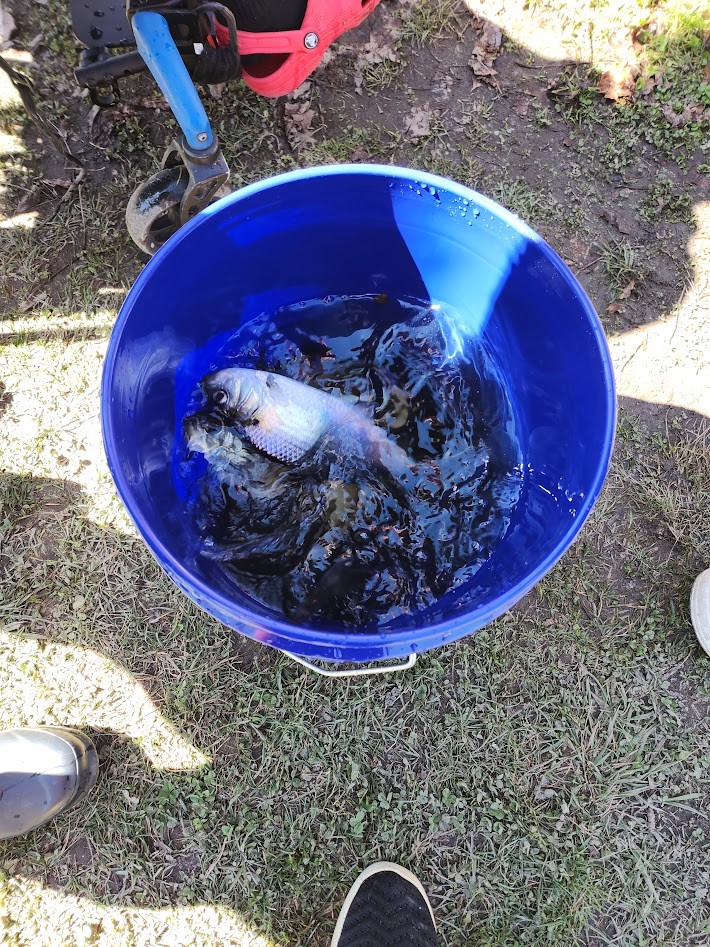We are excited to announce that we will be hosting free monthly events at Harvard Forest! Every second Saturday, meet at the Fisher Museum (324 N. Main St, Petersham) to explore the beauty and wonder of our local landscape. Each event is FREE AND OPEN TO ALL!
See event details for information about weather cancellations. Generally, each event will include a short, level walk. Please wear long pants and closed-toed shoes. RSVP not required. Questions or accessibility considerations? Contact Elodie Eid, Education Assistant.
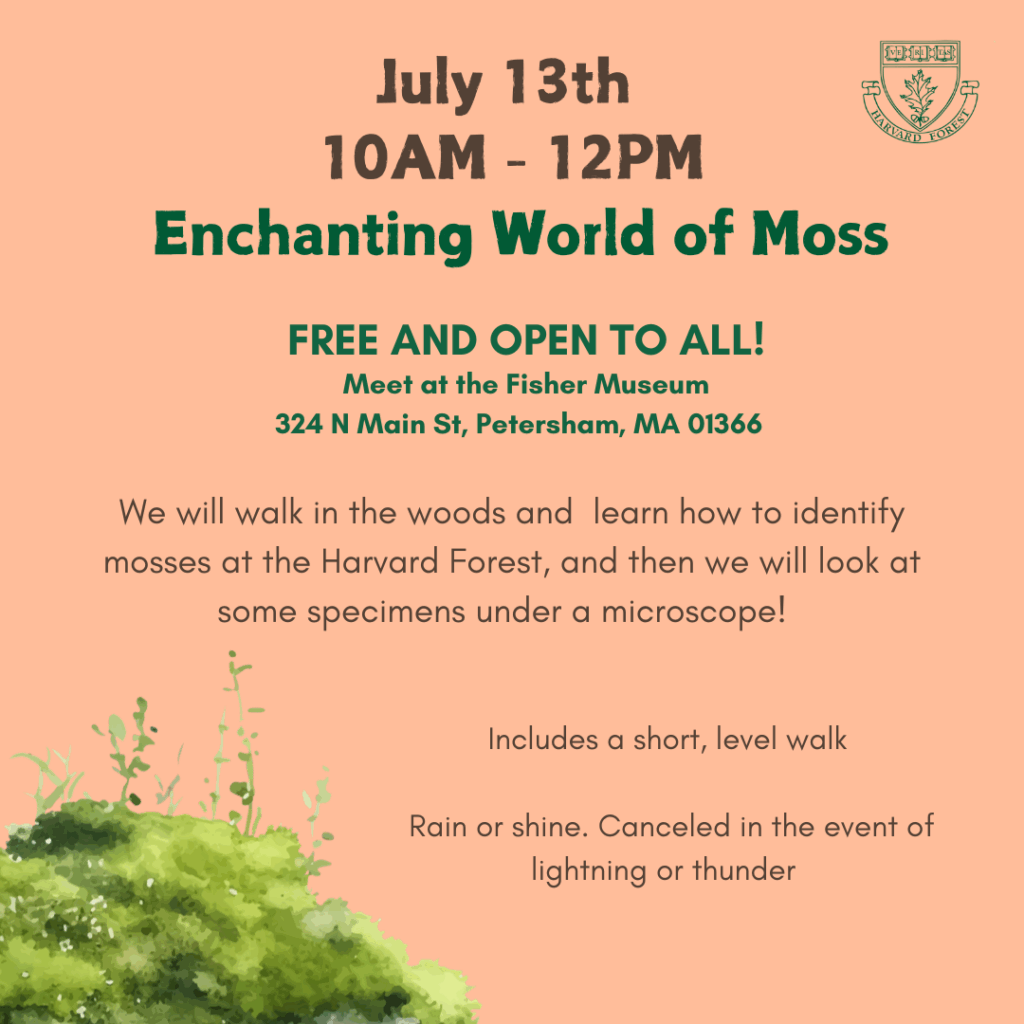
July 13th: Enchanting World of Moss
10AM- 12PM
We will walk in the woods and learn how to identify mosses at the Harvard Forest, and then we will look at some specimens under a microscope!
- Includes a short, level walk
- Rain or shine, canceled in the event of lightning or thunder
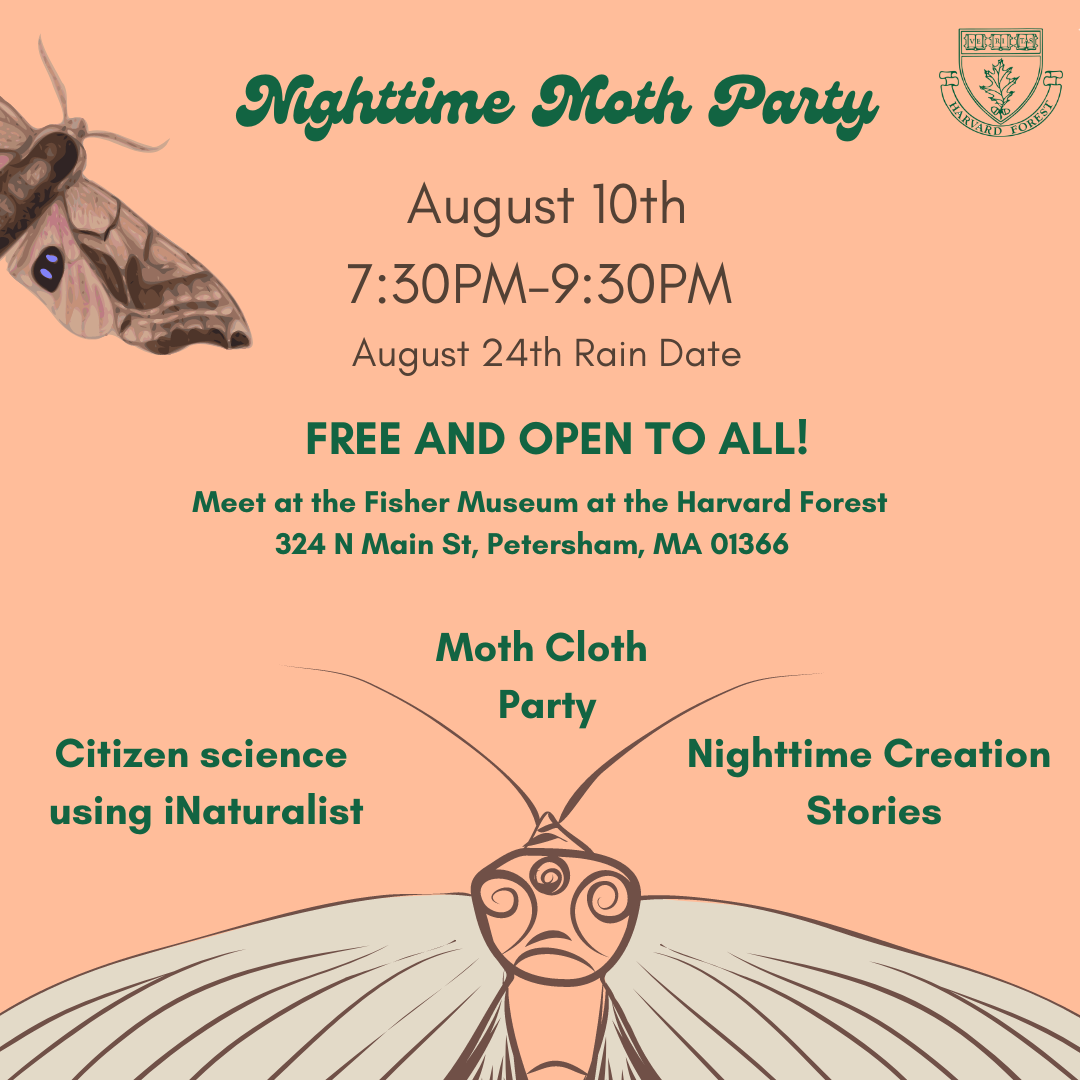
August 10th: Nighttime Moth Party
August 24th Rain Date
7:30PM – 9:30PM
Come join us with special guest Nancy Lowe for a moth cloth party! Learn how you can contribute to citizen science using iNaturalist, and enjoy nighttime creation stories from Keshia De Freece Lawrence, Harvard Forest’s Indigenous Education Specialist. Once the sun sets, we will set up cloths and lights to attract moths and record our observations. Watch and admire in amazement! We will be leaving the moth cloth up all night and folks are welcome to stay as long as they like. The best moths come out later in the night. All ages welcome!
7:30-8: iNaturalist demo in the museum
8-8:30: Creation stories from Keshia in the museum
8:30-9:30: Moth cloth party
Please come prepared to spend time outdoors at night. There will be bugs so we recommend wearing long pants and shirts. This event will be postponed to 8/24 in the event of rain.

September 14: All About Oaks
10AM – 12PM
Learn about the diversity, resilience, and abundance of oak trees! Oak trees are a keystone species in our local ecosystem and are a vital ally to humans, insects, and countless other living beings. Here at the Harvard Forest, we have been making fascinating discoveries on how oaks respond to climate change and more.
- Includes a short, level walk
- Rain or shine. Canceled in the event of lightning or thunder.
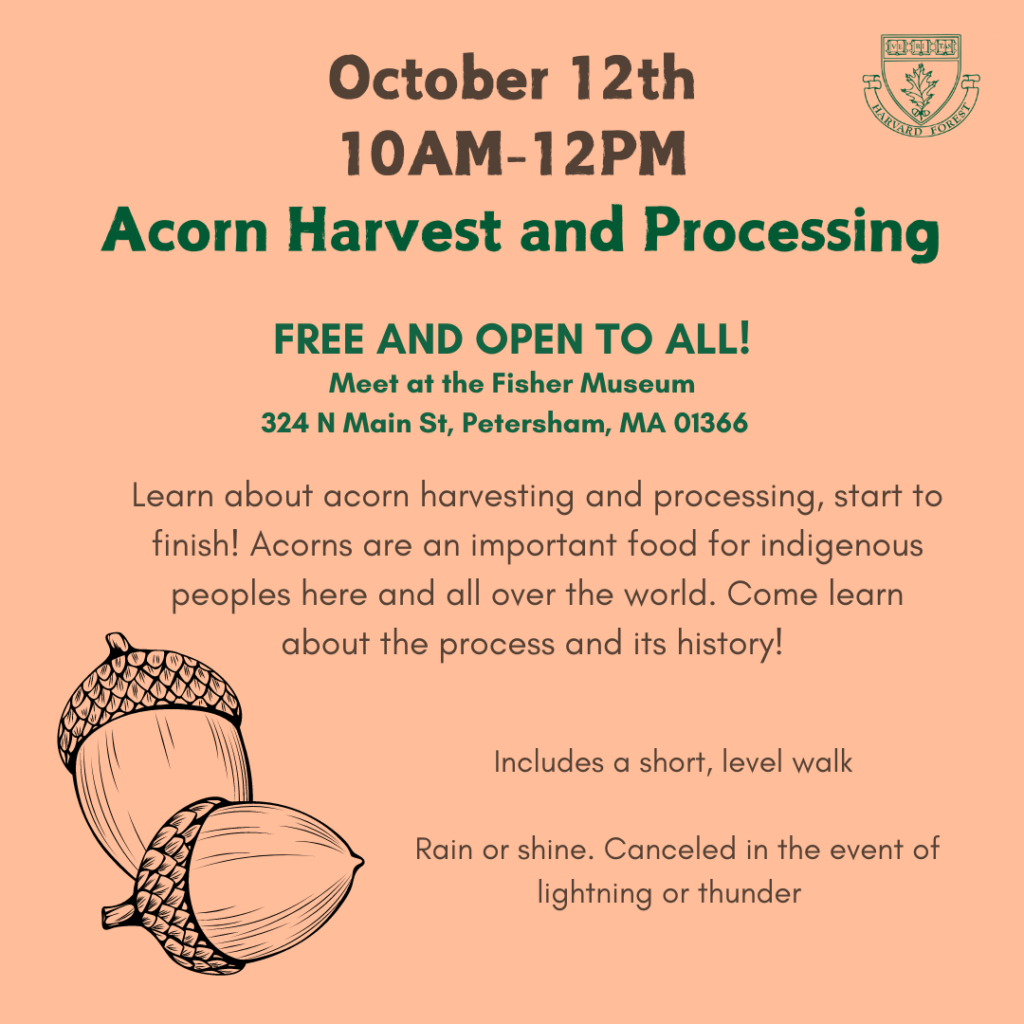
October 12: Acorn Harvest and Processing
10AM – 12PM
Learn about acorn harvesting and processing, start to finish! Acorns are an important food for Indigenous peoples here and all over the world. Come learn about the process and its history!
- Includes a short, level walk
- Rain or shine. Canceled in the event of lightning or thunder.

